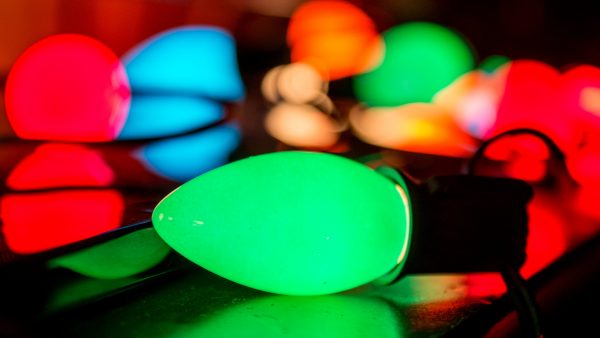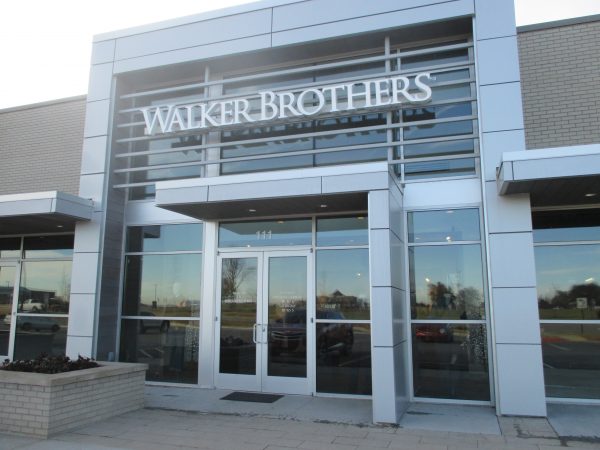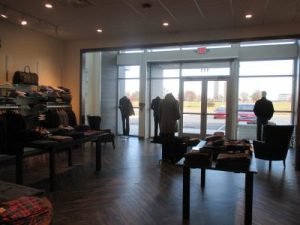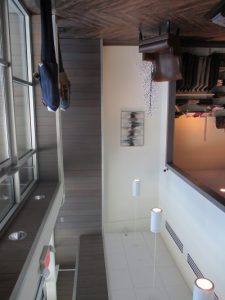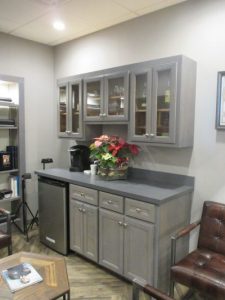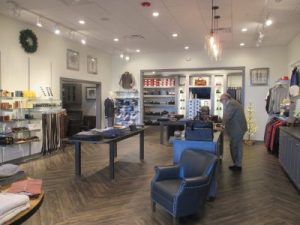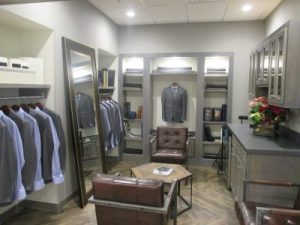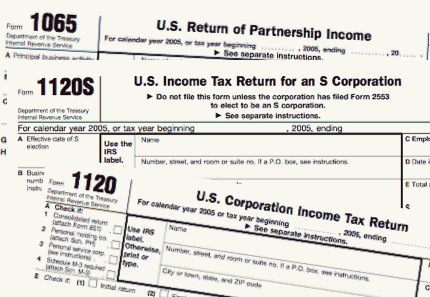LED Christmas lights have been around for a few years and more and more people are starting to use them, but I still drape my home in strings of the old C9 incandescent bulbs. For someone who professionally concerns himself with energy efficiency, why do I not upgrade? It’s based on some simple calculations I did a few years ago on the energy usage of Christmas lights…
Let’s start out by stating our conditions. You hang 10 strands of C9 lights with 24 bulbs in each strand. Your lights automatically turn on at dusk and stay on for 6 hours. You hang them up the day after Thanksgiving and take them down on New Years’ eve (36 days in 2016). A C9 bulb uses 7 Watts while an equivalent LED bulb uses about 1 Watt. The average price for electricity in Arkansas is 7.9 cents/kWh.
Some quick calculations show that with the C9 strands, you would use about 10 kWh a day or 363 kWh during the season running your ten C9 strands. This works out to about 80 cents per day or $29 for the whole season. If you replaced your lights with LED, your usage would go down to 1.4 kWh per day or 52 kWh for the season. You’ll definitely save some money in usage as your cost is now only 11 cents per day or $4 for the entire season!
With savings like that, why not upgrade? The difference is in the upfront cost of the lights. A pack of LED lights costs around $12 ($25 when I first did the calculations years ago) while a strand of C9 lights is only $5. For ten strands, a $70 cost difference equates to a payback time of almost three years. Of course, there are other things to consider such as maintenance or color uniformity. I replace a lot of C9 bulbs because of how easily they break and now they don’t all match. “Hidden” costs like maintenance can really influence the payback time. Also, falling prices like we see with LED technology brings the payback down more every year. Who knows, maybe I’ll upgrade next year?
Analyzing energy usage isn’t always about finding things the client needs to do. Sometimes it involves helping the client know what NOT to do. LED Christmas lights are a fun example, but there are factors in a building that may make technology like LED lighting not a good fit. If you own or manage a building and are considering making changes to save energy, consider hiring Forward Engineers to take a look so that we can give you the confidence to know that your changes will save you money.

